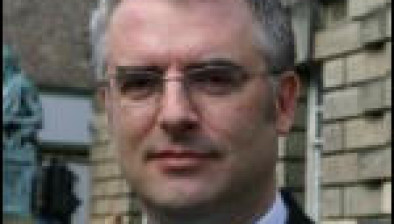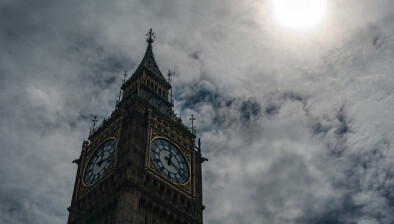Stop and search figures up
Police have increased their use of stop and search following a rethink of the policy, The Times reports.
The number of stop and searches rose by 25 per cent last year, resulting in a jump in knife and drug seizures.
Senior officers said the numbers reflect confidence in “proportionate” use of the tactic from 2017, which followed a period of human rights concerns over its use.
Police Scotland said that 32,107 searches were made between April and December last year, an increase of 24 per cent over the same period in 2018.
The single force said: “This increase in stop and search is seen in positive terms as it reflects a proportionate and intelligence-led use of this as a policing tool. An example of this is the increase in the recovery of weapons, with 696 searches leading to the recovery of weapons during April to December 2019, compared with 548 the previous year.”
Susan McVie, a criminologist at Edinburgh University, said she expected the numbers to rise.
She said: “It is clear that there has been a substantial increase in searches, and some reduction in the positive search rate. This would indicate that proportionately more searches are being conducted without the required level of reasonable suspicion, which could be a matter of concern.”
Professor McVie said the previous drop in stop and searches did not have a meaningful effect on crime.
She added: “This chimes with a wealth of evidence from other countries … However, we did find that when stop and search rates were low, the police were more likely to be using searches according to the level of crime, and were less likely to be disproportionately targeting more deprived communities. This type of equitable policing is likely to have a positive impact on building public confidence and trust.”








